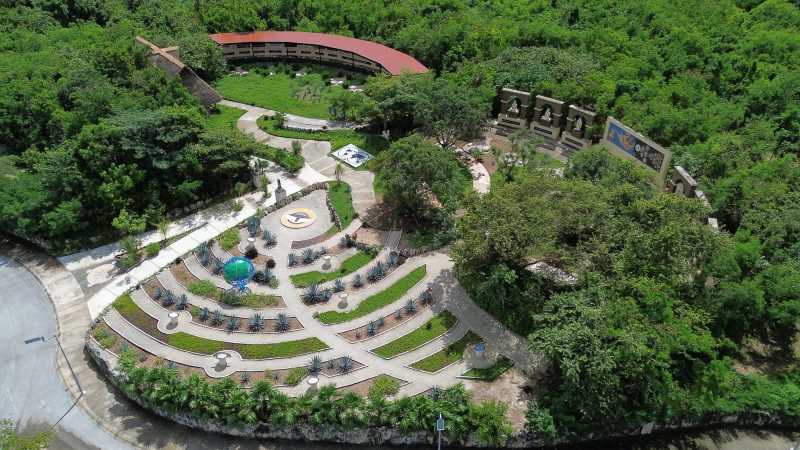Cancun Park: Your New Happy Place (and Learning Center)
Cancun Park expands its offerings with four new thematic spaces. Visitors can now explore a parkour training ground, a photo gallery showcasing Mexico's diverse landscapes, a museum dedicated to recycling waste, and a historical hall.

This week, Cancun Park has unveiled four new thematic spaces with much pomp, fanfare, and promises to bring about family unity, heal the social fabric, and, possibly, solve world peace. Yes, you read that correctly. Apparently, these new additions are not just a couple of benches and a few trees. Oh no. They’re also equipped to tackle violence and instill a sense of communal harmony. A bit like a theme park, but without the roller coasters, and with more recycled rubbish.
But first, the highlights. Among the newly opened areas, we have the Parkour Garden, a space designed for budding urban athletes who can now leap and vault over obstacles like they're running from something—or towards an Olympic medal. Quintana Roo’s very own parkour superstar, Liam Ponce, will be representing the region in Japan, and frankly, his inclusion in this project is genius. Nothing brings a community together like watching someone dramatically jump off a wall while you sit on a park bench, sipping your eco-friendly, organically sourced juice box. If that doesn’t solve local crime, I don’t know what will.




